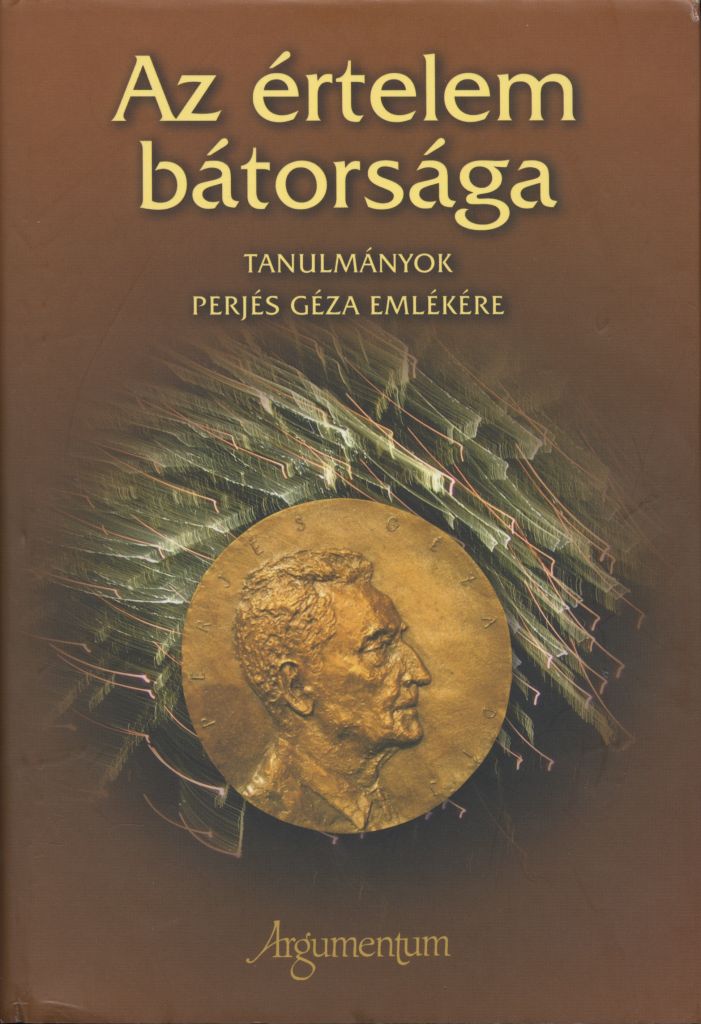« De la petite guerre ‘à la hongroise’ à la petite guerre ‘à la française’ : le rôle moteur de la guerre de Succession d’Autriche »
Résumé de l’article en français au bas de la présente page // Abstract of the article in English below.
Article publié dans :
Az értelem batorsaga. Tanulmanyok Perjés Géza emlékére (Mélanges offerts au Professeur Géza Perjés), Argumentum [Hongrie], 2005, p. 519-538.

Résumé introductif en français :
En trois parties successives, cet article démontre en quoi la guerre de Succession d’Autriche (1740-1748) est un pivot, au XVIIIe siècle, concernant la pratique de la petite guerre, et la réflexion à son sujet, d'abord du point de vue français, avec des prolongements en Europe. Premièrement, dans la première moitié du XVIIIe siècle, on assiste à un paradoxe, en France : les troupes ont remporté de nombreux succès de petite guerre pendant la guerre de succession d’Espagne, mais on ne croit pas vraiment à l’importance de ce style de guerre pour remporter une campagne militaire, et les troupes légères, spécialistes de la petite guerre, sont, de surcroît, mal vues. Deuxièmement, les choses changent au cours de la guerre de Succession d’Autriche : principalement à cause du choc des défaites françaises en 1742-1743 face aux irréguliers hongrois et croates au service de l’Autriche ; et grâce à l’intérêt de deux hommes pour la petite guerre et les troupes légères, le secrétaire d’Etat de la guerre (comte d’Argenson) et le maréchal de Saxe. La troisième partie détaille successivement : le rôle des Français comme initiateurs d’une pensée sur la petite guerre en Europe, dans la deuxième moitié du siècle ; les atouts des Français pour la petite guerre, selon les auteurs du temps ; et l’adaptation de la petite guerre des Français aux conditions géostratégiques, en Flandre, entre 1744 et 1748.
Cet article est l’occasion de mettre en valeur :
- Certains des aspects novateurs de mon livre sur la petite guerre au XVIIIe siècle (2010) – la pensée militaire du comte d’Argenson ; la notoriété comparée des traités de petite guerre en France et en Europe ; l’analyse de la place décroissante accordée aux Hongrois dans la pensée sur la petite guerre ; l’étude régimentaire d’un corps de troupes légères français célèbre, les Grassins ; l’emploi de l’artillerie à la petite guerre.
- Des éléments de démonstration inédits, non présents dans mon livre sur la petite guerre – un éclairage sur la guerre austro-turque de 1737-1739 ; la pensée militaire du marquis de Breteuil, secrétaire d’Etat de la guerre, à travers sa correspondance de 1742 ; enfin, la réflexion de Beausobre, colonel des hussards à son nom, sur ce qu’il appelle les ‘irruptions’, à considérer (ce qui est rare dans les écrits militaires de cette époque), comme une réflexion sur le niveau opératif de la petite guerre, en prenant appui sur le théâtre d’opérations de Flandre.
Abstract in English :
“From the Hungarian-style ‘petite guerre’ to the French-style ‘petite guerre’: the leading role of the war of the Austrian Succession.”
In three successive parts, this article demonstrates in which way the war of the Austrian Succession (1740-1748) is a pivotal point in the eighteenth century concerning the practice of the ‘petite guerre’ and the reflection on this subject, principally from a French point of view, with extensions in Europe. First, in the first half of the eighteenth century, there is in France a paradox: troops have gained many successes in the ‘petite guerre’ during the war of the Spanish Succession, but not much credit is given to this style of warfare in order to achieve a victory in a military campaign, and, moreover, the light troops, specialists of the ‘petite guerre’, have a quite bad reputation. Second, things change during the war of the Austrian Succession: mainly because of the shock of the French defeats in 1742-1743 against the Hungarian and Croatian irregulars in Austria’s service; and thanks to the interest of two men for the ‘petite guerre’ and light troops – the secretary of State for war (secrétaire d’Etat de la guerre), count d’Argenson, and marshal Maurice of Saxe. The third part of the article details successively: the role of the French as originators of the thoughts on the ‘petite guerre’ in Europe, during the second half of the eighteenth century; the advantages of the French in order to wage the ‘petite guerre’, according to the authors of these days; and the adaptation of the ‘petite guerre’ waged by the French, to geostrategic conditions, in Flanders, between 1744 and 1748.
The article is an occasion to highlight:
- Some of the innovative angles of my book on the ‘petite guerre’ in the eighteenth century (2010) – the military thoughts of Count d’Argenson; the compared fame of treatises on the ‘petite guerre’ in France and Europe; the analysis of the decreasing place of the Hungarians in the thoughts upon the ‘petite guerre’; the study of a French well-known regiment of light troops, the ‘Grassins’; the use of artillery in the ‘petite guerre’.
- Some news elements of my demonstration, which are not present in my book of 2010 on the ‘petite guerre’ – a light on the Austro-Turkish War of 1737–1739; military thoughts of Marquis of Breteuil, secretary of State for war, through his correspondence in 1742; and at last, the reflection of Beausobre, colonel of hussars with this name, on what he calls the ‘irruptions’, which is to consider (what is rare in the writings from this period) as a reflection on the operational level of the irregular warfare, leaned on the military theatre in Flanders.